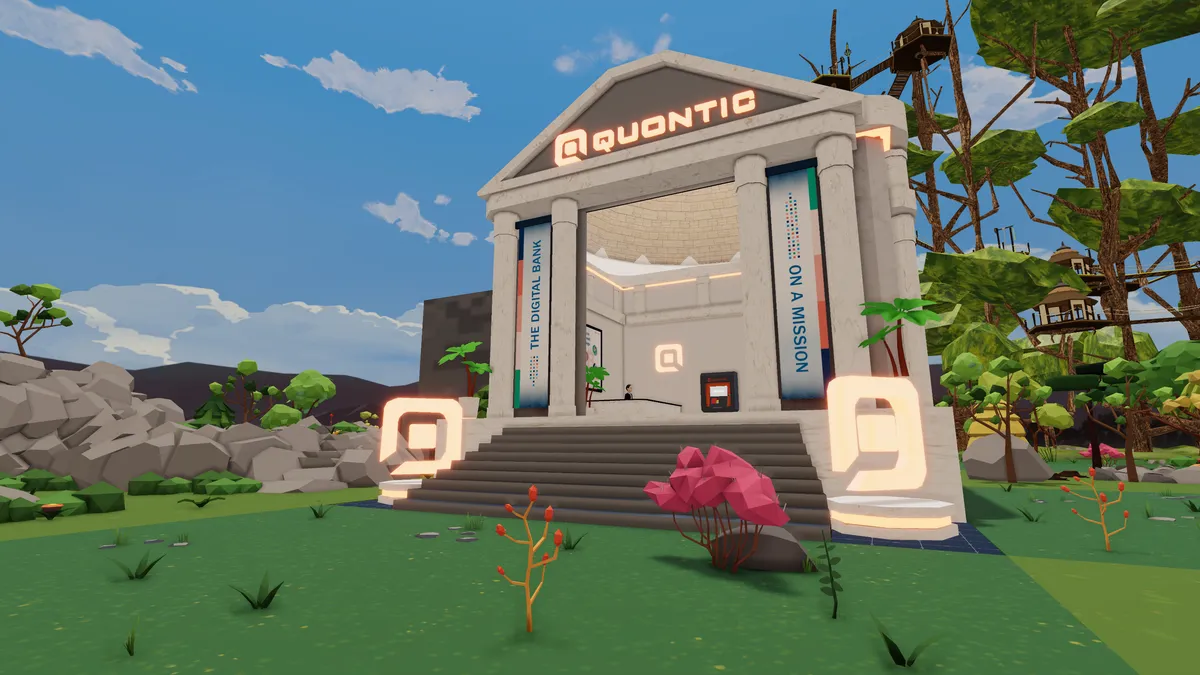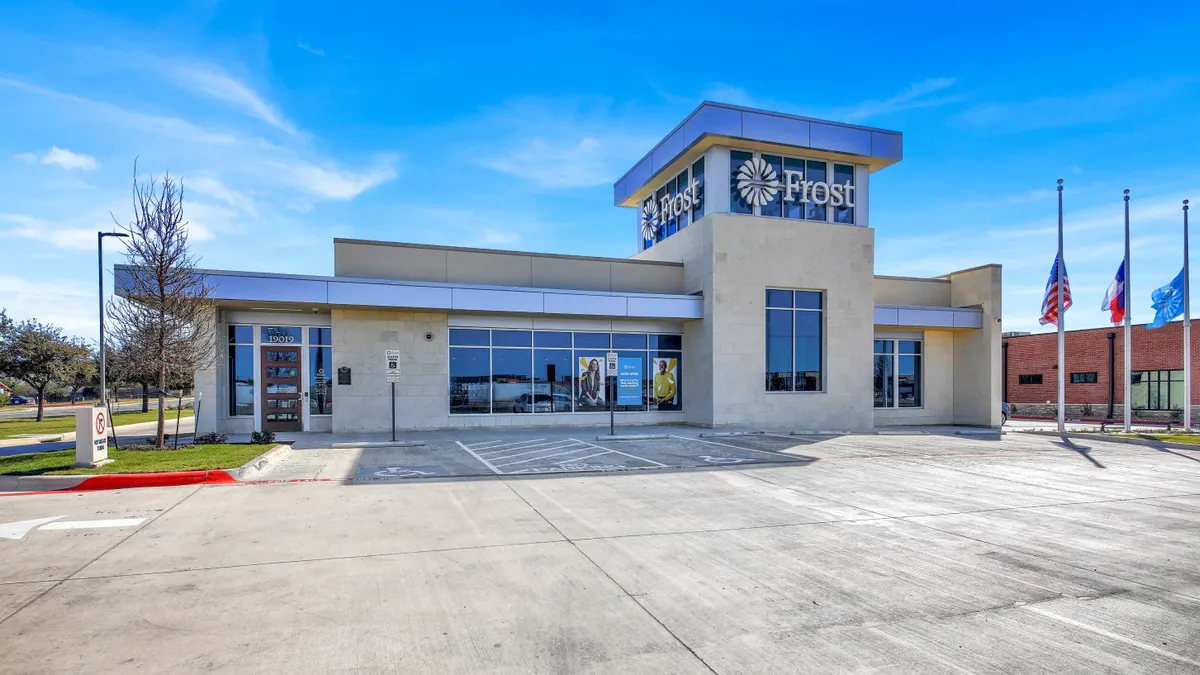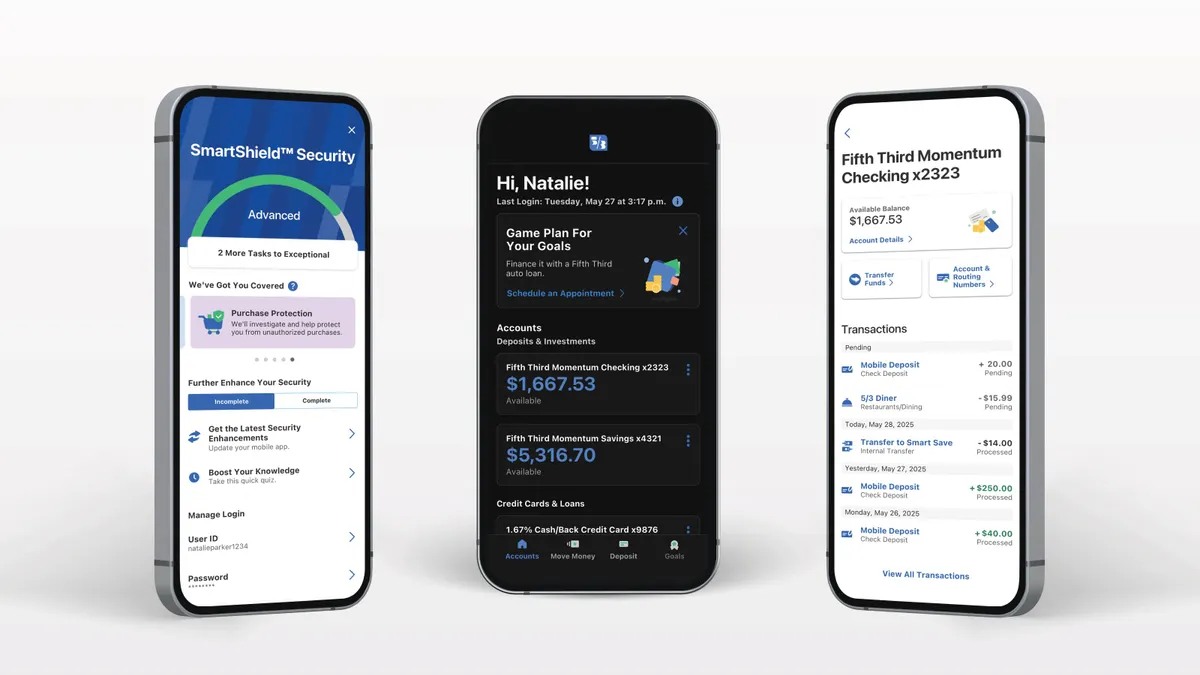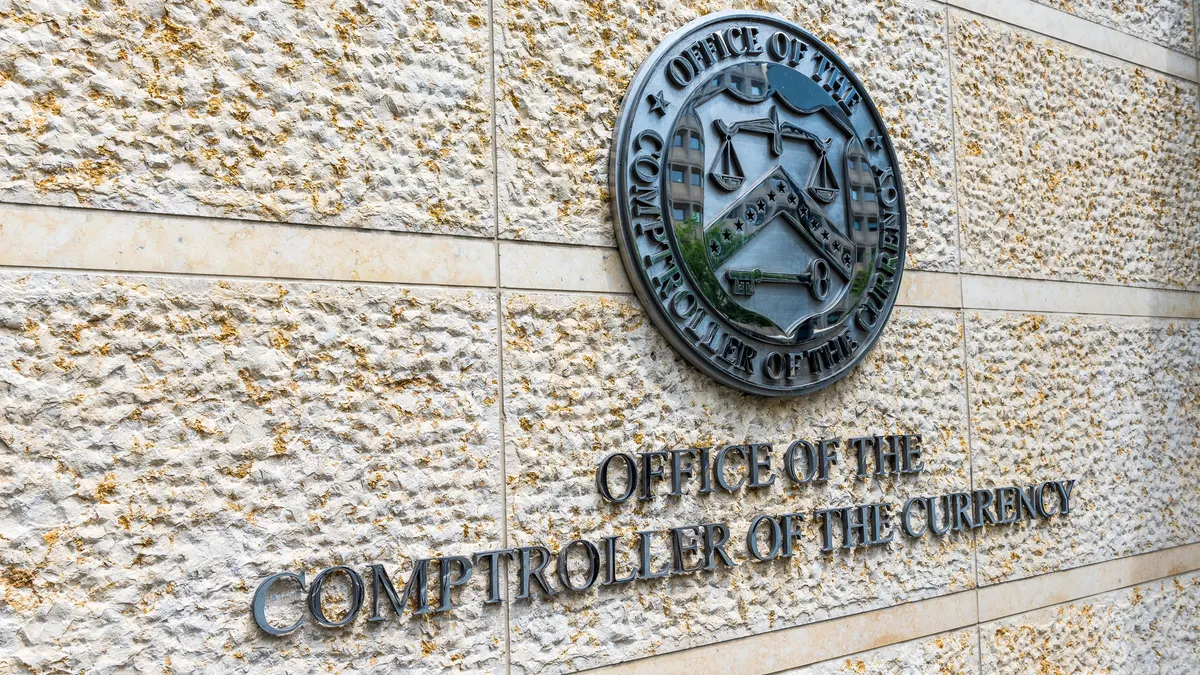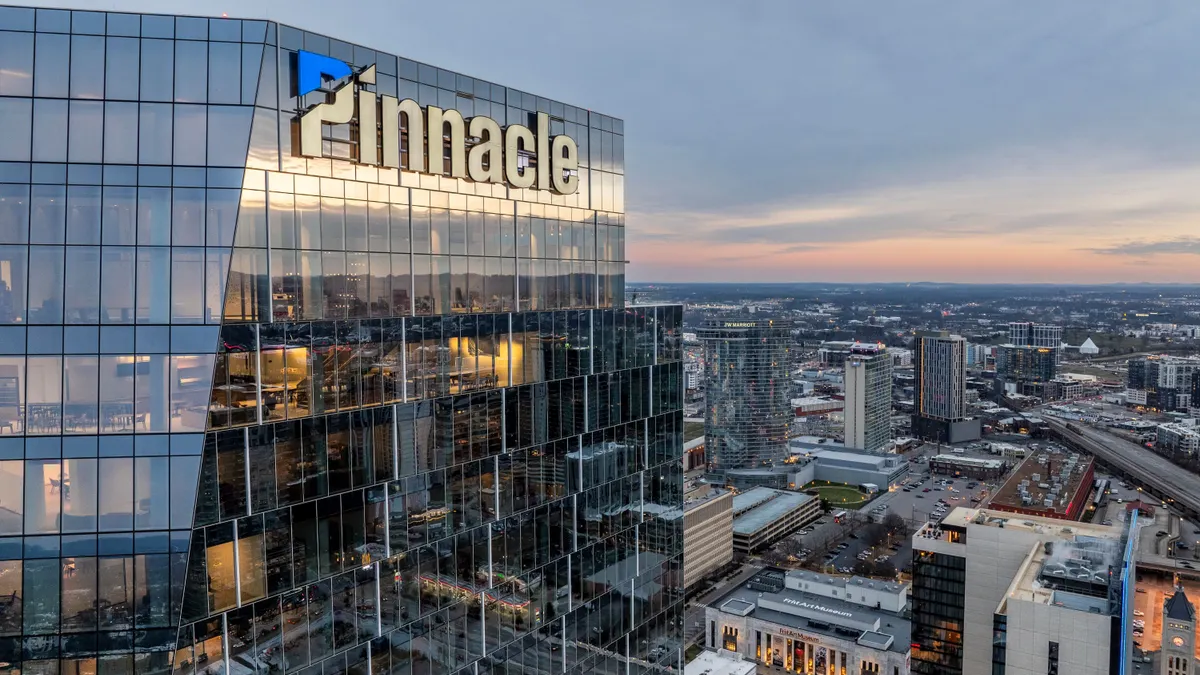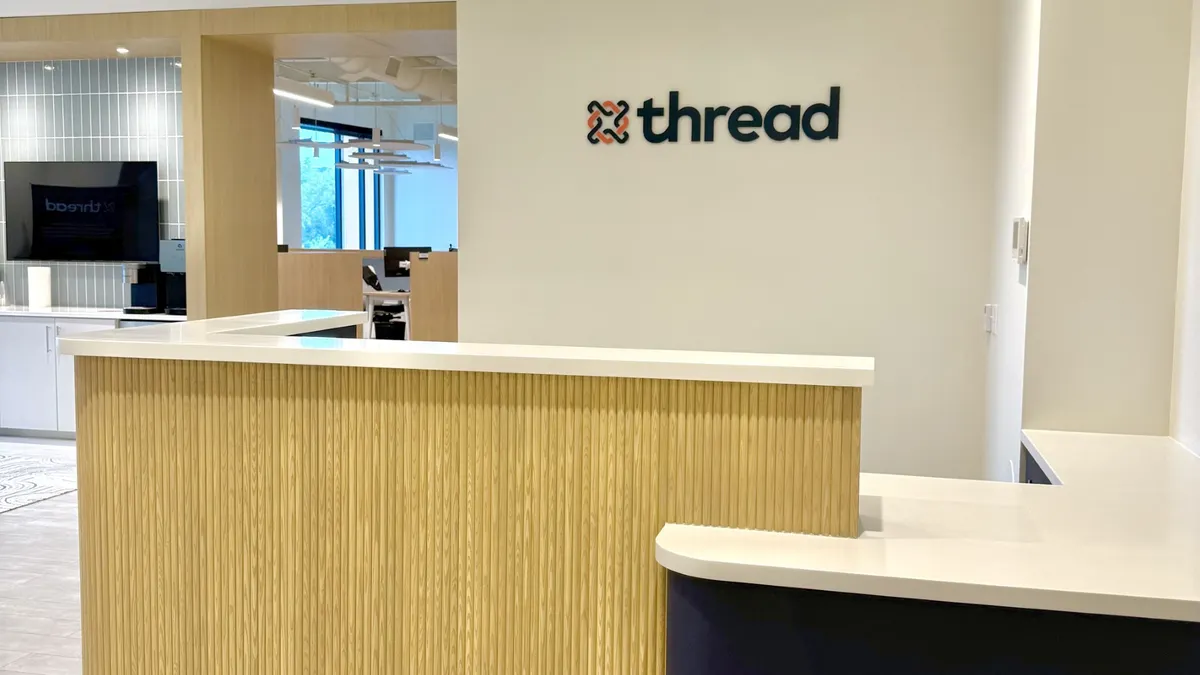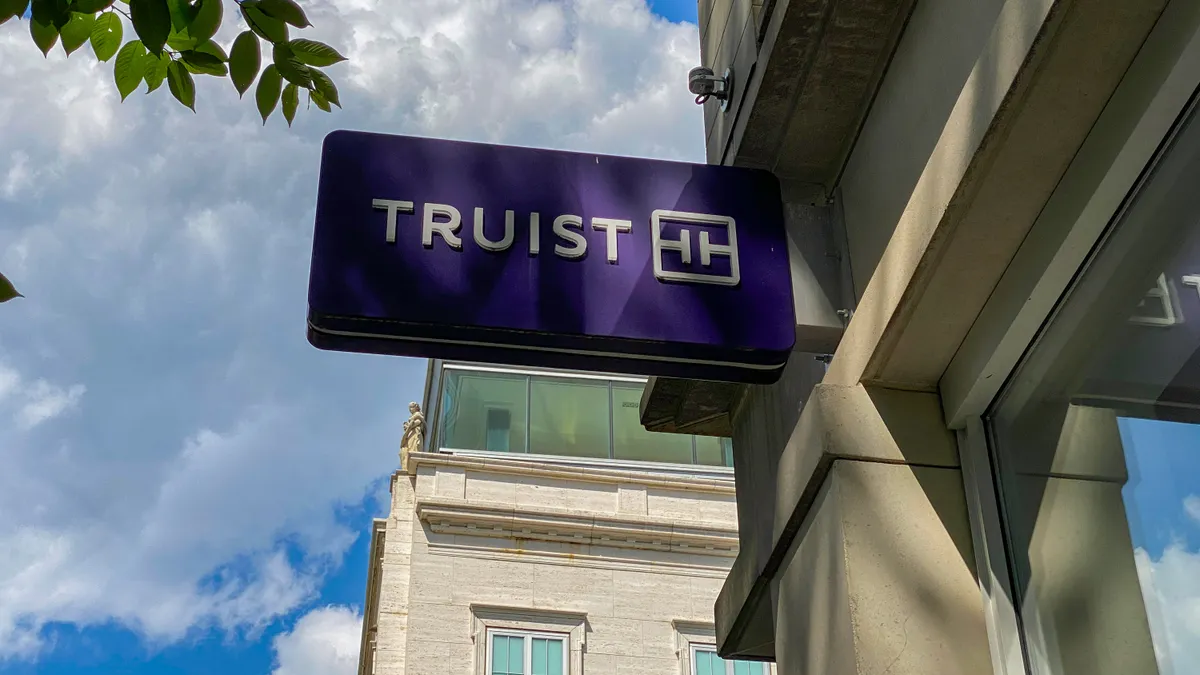When JPMorgan Chase released its summer reading list last month, the bank took a slightly different approach from previous years, choosing to make the collection of books available for visitors to peruse in the virtual lounge it set up in Decentraland in February.
The move represents JPMorgan’s bet on the benefits of establishing an early presence in the metaverse, an immersive world the bank believes represents a $1 trillion market opportunity.
The metaverse, a virtual world which users can explore through the use of virtual reality and augmented reality headsets, is a new interaction and engagement model for society, said Sandeep Vishnu, a partner at consulting firm Capco, and it’s a space the banking industry can’t afford to sit out.
“If the metaverse is a new model for society, for interaction and engagement, then banks have to follow that,” said Vishnu. “Banks have to figure out what role they are going to play in the metaverse, and getting a move and being part of the ecosystem early on might give them some landing rights that wouldn’t be there if they don't move early.”
Like JPMorgan, Quontic Bank, is taking a first-mover approach to the metaverse. The New York City-based digital bank, opened a Quontic Bank outpost in Decentraland in May.
To mark the occasion, the bank hosted a virtual launch party for the space, complete with a DJ and limited nonfungible token (NFT) giveaway.
Quontic’s discussions around building a presence in the metaverse began at the beginning of the year, said Aaron Wollner, the bank’s chief marketing officer.
“We did an exercise in effort and impact and we estimated the efforts to be relatively low, and the impact could potentially be high – not immediately, but potentially,” Wollner said. “That's how we sometimes think about the innovative things that we do. What is the potential upside, even if it's not an immediate impact?”
The digital bank has long aimed to be at the forefront of merging new technology with the banking experience.
Quontic claims to be the first U.S. bank to offer its customers a Bitcoin rewards program, a feature it launched in 2020.
The bank also says it is the first bank to introduce a tap-to-pay mobile payment ring to the U.S. market, a product it officially rolled out in April.
Through the metaverse, Quontic is excited about the three-dimensional aspect of hosting a space for its customers, Wollner said.
“We love our digital, dot com experience, but it's two-dimensional. It's a little flat,” Wollner said. “We try and deal with it through chatbots and various forms of automation that extend that experience, but at the end of the day, it's limited.”
JPMorgan launched its Decentraland lounge several months before Quontic opened its space, a move Quontic viewed as a reinforcement of its own efforts to establish a presence in the virtual world, Wollner said.
But Quontic views the larger bank’s approach to the metaverse as an example of what to avoid, Wollner added.
JPMorgan’s Onyx Lounge, named after its platform of Ethereum-based services, features a roaming tiger, spiral staircase and a portrait of CEO Jamie Dimon.
“We saw that as very self-promotional,” Wollner said, referencing the Dimon portrait and the space’s promotion of its new line of crypto business. “It's very much about JPMorgan, not about their customer. … We doubled down on the notion of, ‘If we're going to be doing this, let's do it for our customers. And let's build it for them.’ And that's the approach we took.”
Wollner said the bank is taking an educational approach with the space, inviting customers to visit, learn about Decentraland, crypto wallets and how tradeable digital assets work.
“With the click of a button on our metaverse landing page. You can jump in, and voila, you’re experiencing the Quontic metaverse,” Wollner said.
But when it comes to operating the space as a full service branch, that’s where Quontic is taking a “wait and see” approach, Wollner said.
The notion of using the metaverse as an extension of a financial institution's banking presence raises several regulatory and security questions that have yet to be addressed, Wollner said.
“We're a heavily regulated financial institution and we take compliance and risk very seriously,” Wollner said. “Before we conduct any banking business in our outpost Decentraland, we're going to make sure that security and compliance regulation and rest are all tended to, and that is very much to be determined.”
It’s just a matter of time before regulators turn their focus to the metaverse, Vishnu said, with regulators likely to focus on the building blocks of financial regulation, such as identity management, know-your-customer transactions, and anti-money laundering in the virtual world.
“Regulations are going to be a concern for banks, but in my personal opinion, probably not just yet,” Vishnu said.
The use of avatars to navigate the metaverse also comes with its own set of security and identity challenges, Vishnu said.
“One of the biggest considerations that would happen in the metaverse is the whole identity management part of security,” Vishnu said. “Do you know who you're actually dealing with? That linkage back to actual people, to actual identity is going to be important.”
While a virtual world presents a new form of customer interaction that banks need to consider, banks should approach identity verification in the metaverse in the same way they do on their digital and mobile channels, Vishnu said.
“It might be a new form of interaction, but the considerations are going to be similar,” Vishnu said.
Does it make sense for banks?
Along with JPMorgan Chase and Quontic, other financial institutions are planting their own flags on virtual metaverse land.
In March, London-based HSBC bought a plot of land in The Sandbox, a virtual world used primarily for gaming.
HSBC said the space will be used to engage and connect with sports, esports and gaming enthusiasts.
“The metaverse is how people will experience Web3, the next generation of the Internet,” Suresh Balaji, chief marketing officer for Asia-Pacific at the bank, said in a statement.
But investing in the metaverse may not be the right move for every financial institution. Banks need to consider their target demographic when considering how involved they want to be in the space, Vishnu said.
For a bank with an older and less tech-savvy customer base, the metaverse may not have much to offer its customers, Vishnu said.
“If you don't have the customer base to serve in this interaction model, are you going to now pivot and try to draw in a new set of customers? I think this has to be tied very much to the bank's overall strategy and not be a one-off,” Vishnu said.
In addition to the public metaverse, banks should be aware of the internal use cases for a virtual world, said Michael Moerman, a partner at Capco.
“There are public-facing metaverses where everyone can participate. But banks will have the potential to own their internal metaverses, which could be corporate, private-facing, just for their employees.”
For example, Bank of America launched a virtual reality training program for its employees last year. The training, which is offered at nearly 4,300 of the bank’s financial centers nationwide, creates an environment in which employees can work on their client-facing interactions.
A private metaverse could also potentially be used by banks for customer interactions, such as offering wealth advice in a virtual private space, Moerman said.
French lender BNP Paribas launched its own virtual reality app in 2017 that allows its retail customers to access their account activity and transaction records in a virtual reality environment.
Aside from building out a virtual space, banks should see the metaverse as an opportunity to extend their existing services, such as enabling transactions and providing advisory services to clients interested in investing in the metaverse, in the new world, Vishnu said.
PNC and Morgan Stanley are already providing advisory services for clients interested in investing in the metaverse in the form of buying virtual land, Vishnu said.
‘Whether it's the selling of NFTs, or smart contracts, there are many different things that are going to start to happen here,” Vishnu said. “We're just in the very beginning of a new world.”



